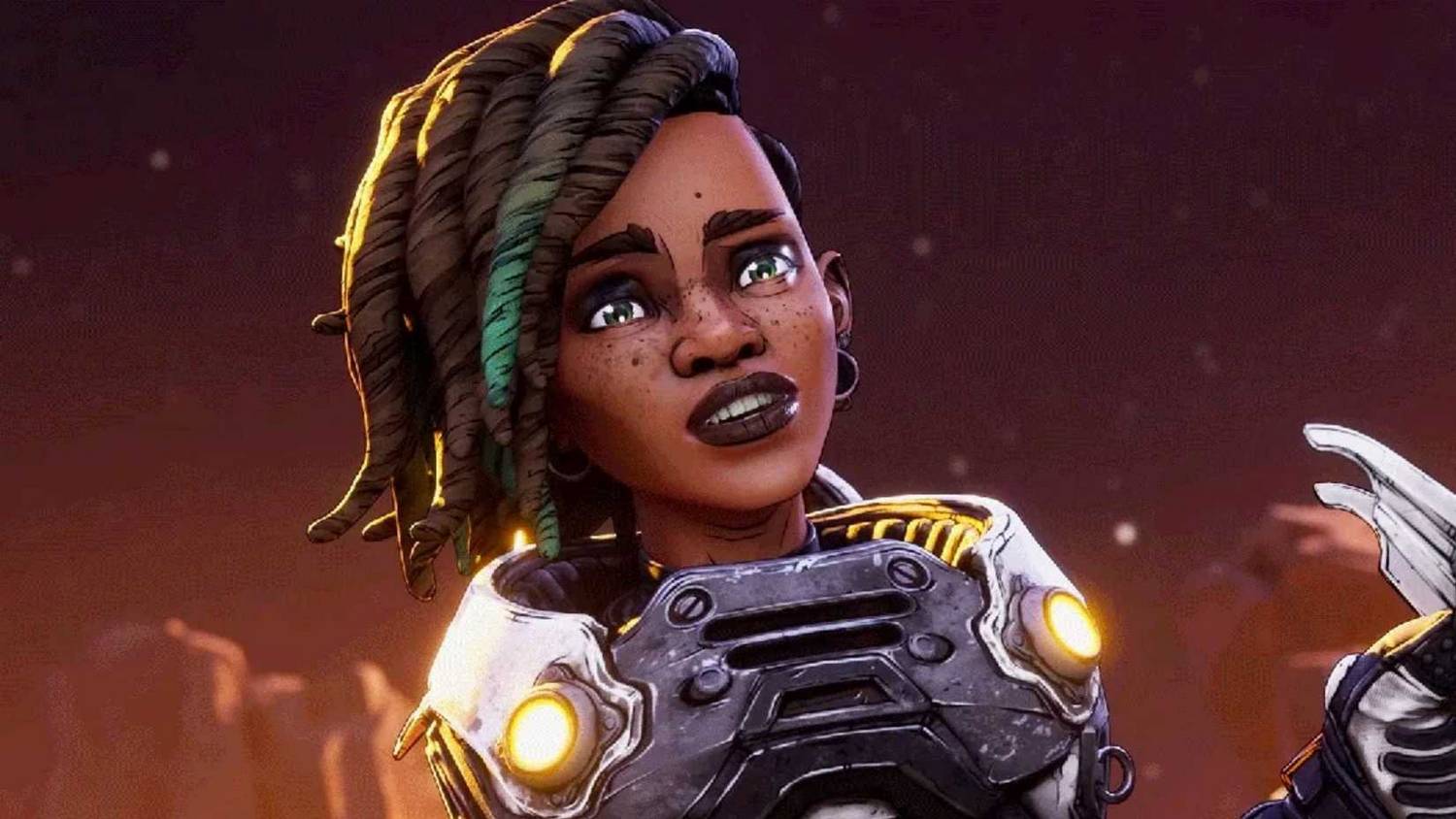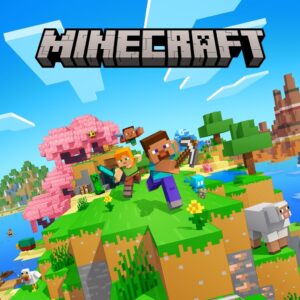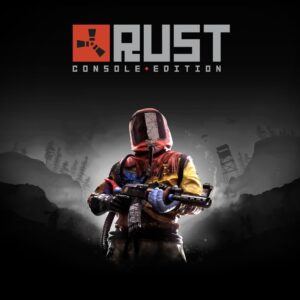Borderlands 4 on Nintendo Switch 2: The Troubling Echoes of PS Vita Ports and AAA Compromise
Popular Now
 League of Legends
League of Legends
 PUBG Mobile
PUBG Mobile
 Fortnite
Fortnite
 Garena Free Fire: Kalahari
Garena Free Fire: Kalahari
 Auto X Drift Racing 3
Auto X Drift Racing 3
 Free Fire
Free Fire
 Rust
Rust
 Stumble Guys
Stumble Guys
 Minecraft
Minecraft
 Toca Boca World
Toca Boca World
 The indefinite delay of Borderlands 4 on the upcoming Nintendo Switch 2 console has sent a clear, yet deeply concerning, message to the gaming industry: the technical challenges of bringing cutting-edge AAA titles to a constrained portable platform remain formidable. For veterans of the last generation of handhelds, this situation immediately conjures flashbacks to the compromised, often deeply flawed ports that plagued the PS Vita, raising questions about the future of high-fidelity cross-platform gaming.
The indefinite delay of Borderlands 4 on the upcoming Nintendo Switch 2 console has sent a clear, yet deeply concerning, message to the gaming industry: the technical challenges of bringing cutting-edge AAA titles to a constrained portable platform remain formidable. For veterans of the last generation of handhelds, this situation immediately conjures flashbacks to the compromised, often deeply flawed ports that plagued the PS Vita, raising questions about the future of high-fidelity cross-platform gaming.
Originally scheduled for an early October release, mere weeks after its launch on PC, PlayStation 5, and Xbox Series X/S, the Switch 2 version of the looter-shooter has been indefinitely postponed by developer Gearbox Software and publisher 2K Games. This decision, which also involved the cancellation of all digital pre-orders, was officially attributed to the need for “additional development and polish time” to ensure the “best possible experience.” However, the context of the game’s troubled rollout on more powerful hardware suggests the root cause is a catastrophic struggle with optimization.
 The Performance Crisis: A Multi-Platform Problem
The Performance Crisis: A Multi-Platform Problem
The problems for Borderlands 4 are not isolated to Nintendo’s new hardware. Even on high-end PC rigs and current-generation consoles, the game has been criticized for significant performance issues, including frame rate stuttering, frequent crashes, and a possible memory leak that causes performance to degrade the longer a player runs the game. In a highly competitive video game market, a poorly optimized launch can severely impact a title’s long-term revenue and consumer loyalty.
- Engine Strain: Borderlands 4 runs on the demanding Unreal Engine 5. The sheer volume of visual effects, complex geometry, and the chaos of the franchise’s signature explosive combat are proving too much for the engine’s current implementation, even with powerful SSD and GPU capabilities.
- Gamescom Demos: Reports from the Gamescom and PAX West demos were scathing. The Switch 2 build reportedly struggled to maintain a steady 30 frames per second (FPS) even with minimal enemies on screen, showcasing drastically reduced render resolution and severe input lag.
- The Official Statement: The desire to also align the release with cross-save functionality, while a positive for players, can be seen as a secondary reason. The primary driver is clearly the need to fix a broken product, a move that is ultimately more respectable than releasing a compromised version.
Flashbacks to the PS Vita: The Curse of the Compromised Port
For those who followed the PS Vita console, the Borderlands 4 delay instantly evokes the painful memory of Borderlands 2 on that portable. The 2014 Vita port, while a technical marvel to get running, was ultimately a deeply compromised experience:
- Visual Downgrade: The Vita version saw a massive reduction in visual quality, enemy count, and environmental detail, making the once vibrant world feel bland and ugly.
- Struggling FPS: The game often ran at a choppy 25-30 FPS, frequently tanking in major firefights, frustrating players of a genre where a smooth framerate is essential for precision shooting and a satisfying looter experience.
- The Technical Gap: The Vita ultimately struggled with modern console games because developers were often unwilling or unable to put in the enormous effort required to re-optimize an entire game for the less powerful hardware. The same fears are now surfacing for the Switch 2, despite its significant leap in power with features like DLSS and an improved CPU and GPU compared to its predecessor.
 The Stakes of the Switch 2: A Battle for Third-Party Trust
The Stakes of the Switch 2: A Battle for Third-Party Trust
The delayed release of Borderlands 4 is a high-profile test case for the Nintendo Switch 2 and its ability to attract and sustain major third-party support. Nintendo’s system has always thrived on first-party magic, but the willingness of AAA publishers like Take-Two Interactive (2K’s parent company) to invest in a premium, high-quality experience is critical for the console’s long-term success. If the game is eventually released in a state that mirrors the compromises of the past, the Switch 2 risks becoming a console of last-resort ports—a status that undermines its overall market position.
The delay is the right, ethical choice, as releasing a broken game would have been a disaster for Gearbox’s already strained relationship with the community. Now, the pressure is immense. The extra time must be used to deliver an experience that feels natively optimized, avoiding the visual and technical compromises that turn a highly anticipated port into a cautionary tale of handheld gaming. The hope is for a product that truly leverages the Switch 2 capabilities, rather than a mere shadow of its console counterparts.
Target Keywords (High-CPC/SEO): Borderlands 4, Nintendo Switch 2, PS Vita Ports, Indefinite Delay, Gearbox Software, 2K Games, AAA, Cross-Platform, Performance Issues, Optimization, Framerate, Looter-Shooter, Unreal Engine 5, Gaming Industry, Console Games, PS5, Xbox Series X/S, Technical Challenges, Revenue, Consumer Loyalty, Cross-Save, Gamescom, Video Game Market.










